Degas, Edgar
Edgar Degas was a painter, engraver, sculptor and photographer, a major exponent of French Impressionism. He is particularly known for his representations inspired by opera and ballet. Read the biography
Displaying 1-12 of 14 resultsSortedfrom newest to oldest
-
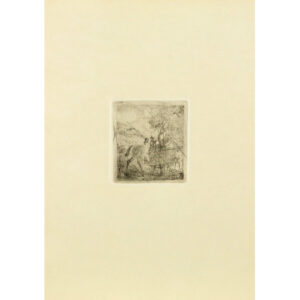
The sportsman on horseback
Edgar Degas
RESERVED
-

At the Louvre: Musée des Antiques
Edgar Degas
RESERVED
-

Miss Nathalie Wolkonska
Edgar Degas
RESERVED
-

La Rade (Landscape of Greece)
Edgar Degas
RESERVED
-
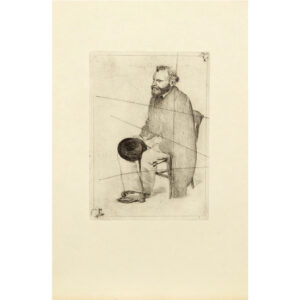
Manet seated, facing left
Edgar Degas
SOLD
-
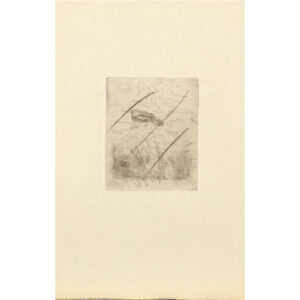
Young man seated and reflecting, after Rembrandt
Edgar Degas
SOLD
-
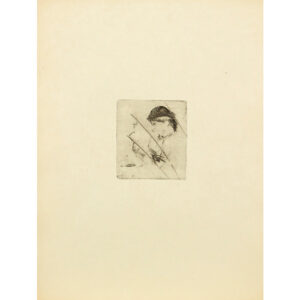
Woman's bust
Edgar Degas
SOLD
-

On stage (Second panel)
Edgar Degas
SOLD
-
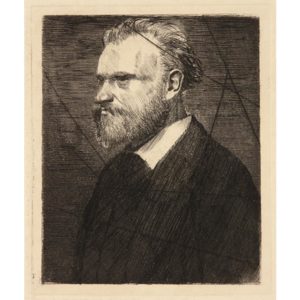
Manet bust
Edgar Degas
SOLD
-

Actresses' dressing rooms
Edgar Degas
SOLD
-

Les Blanchisseuses (Ironing)
Edgar Degas
SOLD
-

The Engraver Joseph Tourny
Edgar Degas
SOLD
